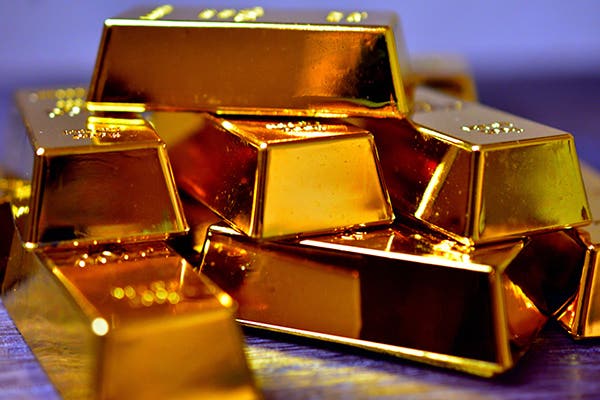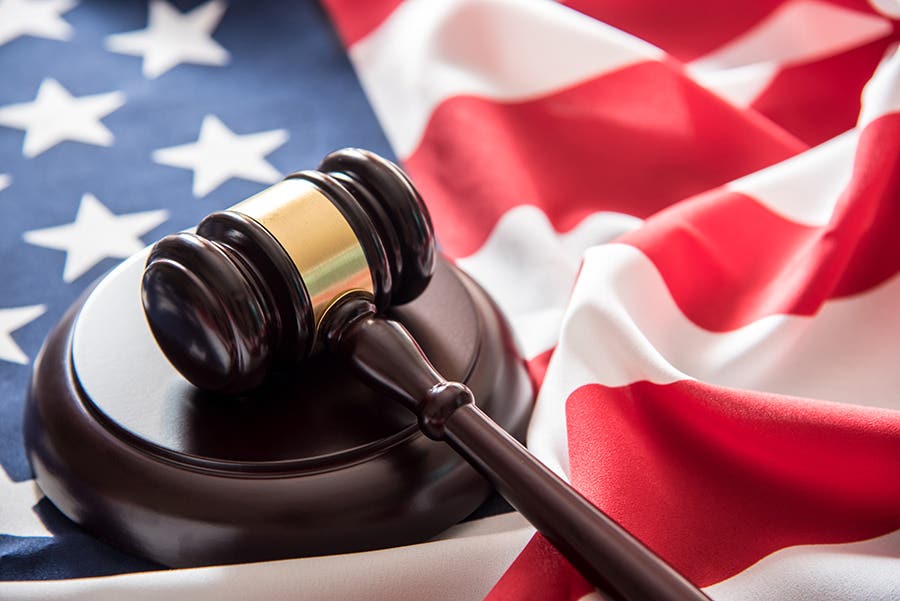Early Proof Set Packaging Damaged Coins
I have a 1953 proof set that is still in the original box. The coins have become discolored near where the individual packages were stapled together, I guess at the…
I have a 1953 proof set that is still in the original box. The coins have become discolored near where the individual packages were stapled together, I guess at the Mint. How can I get rid of this discoloration?
The early proof sets through 1955 were packaged in cellophane sleeves that were stapled together, wrapped in tissue, then placed in small boxes that contain sulfur. Unfortunately, the staples often rusted, damaging the coins. For this reason, many collectors removed the coins from their sleeves and put them in plastic holders. A professional coin conservator might be able to restore your set without damaging it, but I wouldn’t suggest trying to do anything yourself.
Was the staple the only problem for these early 1950s US Proof sets?
One potential problem was due to the soft cellophane sleeves. The quarter in some instances left circular marks on the accompanying half dollar. The sulfur from the box housing the coins impacted their toning.
What prompted the Mint to change from the box to the flat package proof in 1955?
The U.S. Mint actually began changing packaging in 1954. The foggy plastic sleeves in which the coins were placed weren’t inert, not only dulling the view of the coins but tarnishing their surfaces as well. Adding to the woes, this tarnish doesn’t dip off very well, leaving a dull proof finish to the coins.
Are there any particular dates in this early series where the coins are inferior to other dates?
The proof finish on the 1950 coins isn’t particularly attractive. For this reason, the Mint began improving the proof finish the following year. In 1952, the Mint began excessively polishing rather than replacing dies, resulting in a loss of detail on many surviving examples.
*The 1950 proof set was the first since World War II. Are there problems with the 1950 sets in general of which I should be aware?
In 1950, the Mint resumed the packaging it had used seven years earlier. Hairlines appear on many of the coins due to the cellophane envelope packaging. Some of the coins may have glue stains.
How were dies from which proofs would be struck polished during the 1950 to 1955 period?
Between 1950 and 1967, dies from which proofs were to be struck were subjected to a 95 percent alcohol and five percent nitric acid bath, then buffed and polished.
How were cameo proof coins made during the mid-20th century? I’ve noticed there is a premium on Franklin half dollar cameo proofs.
The main device on the coinage die is recessed and for that reason did not receive polishing following the acid bath that left the cameo effect. The cameo effect would transfer to the first coins struck from such a die; however, it also wore off quickly. The very earliest strikes from such a die would result in a deep cameo finish, far superior in appearance to later strikes.
What makes the 1965 to 1967 special mint set (SMS) coins different from coins struck for circulation?
The SMS coins were struck using polished dies and blanks at the San Francisco Mint facility. Unlike proof coins, the SMS pieces were not struck multiple times, nor were they polished as well as proofs were. Unfortunately, the SMS issues were, also unlike proof coins, dumped into bins and given the same treatment as were coins meant for circulation prior to their being packaged specially. Despite this, the SMS issues tend to have been struck up better and have fewer bag marks.
Is there any difference between the quality of the 1965, 1966 and 1967 special mint sets?
The 1965 SMS coins in general have reasonable luster and a satin finish but are overall mediocre in quality. The coins of 1966 and 1967 display deeper reflective fields, resemble proofs more closely and in some cases display frosted devices.
Are there any varieties to be collected in the three-year special mint sets?
There are varieties of the 1966 SMS Kennedy half dollar of which to be aware. The doubled obverse die variety exhibits doubling in “In God We Trust” and across Kennedy’s profile. A second 1966 SMS Kennedy half dollar variety lacks the “FG” initials under the eagle’s left thigh that stand for Frank Gasparro, the designer.








